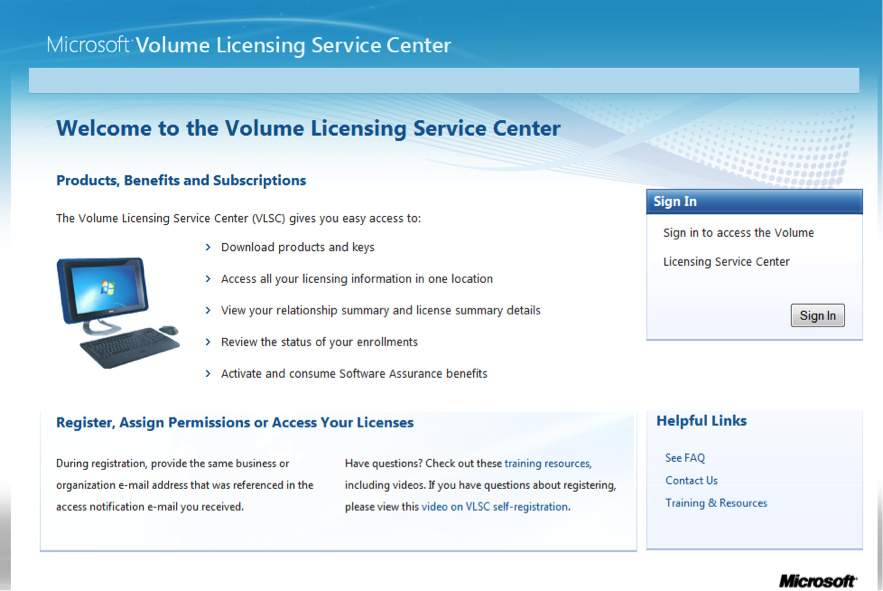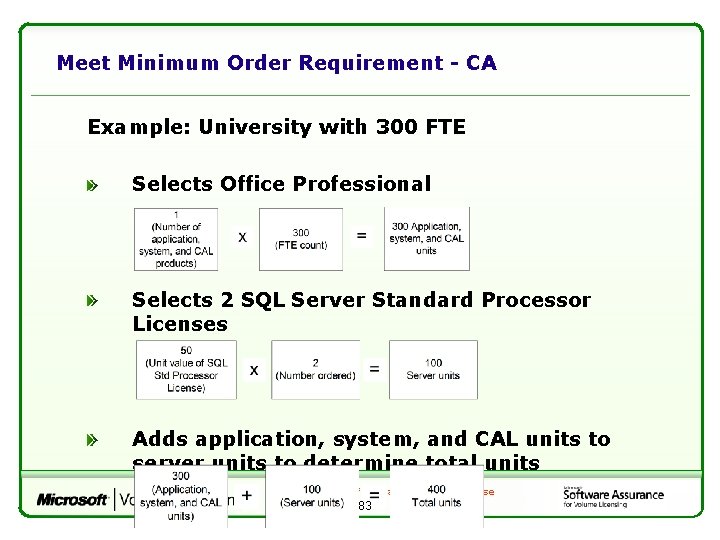
- Volume licensing microsoft charity vs campus upgrade#
- Volume licensing microsoft charity vs campus software#
- Volume licensing microsoft charity vs campus license#
- Volume licensing microsoft charity vs campus series#
The columns devoted to SA are another source of confusion. But the customer is still compliant: 2013 version licenses cover the 2010 version deployments via Office’s built-in downgrade rights. Because the customer has SA on Office, its 2010 licenses were upgraded to Office 2013 the moment that product was released. A customer’s inventory data may show 1,000 copies of Office 2010, while the MLS shows 1,000 licenses for Office 2013.
Volume licensing microsoft charity vs campus license#
Performing this comparison is not straightforward, since the License Summary shows license entitlements, not deployments.
Volume licensing microsoft charity vs campus upgrade#
The Upgrade License Quantity (w Maintenance) column shows licenses in limbo: SA was purchased for them in earlier agreements, but no underlying license purchase can be found and these are thus not counted in the Effective License Quantity.]

Effective License Quantity shows licenses purchased without SA or for which SA expired. Some or all of these may be deployed as an earlier version (e.g., Project 2010), but SA entitles the customer to Project 2013.

Volume licensing microsoft charity vs campus software#
The top row shows 54 Project 2013 licenses with current Software Assurance (SA). The customer has 30 licenses for pre-2003 versions as seen in the Effective License Quantity column.

This clip from a customer’s MLS (altered slightly) shows a customer’s Project Standard licenses. The License Summary is used when developing an Effective License Position (ELP), which compares the customer’s inventory data with Microsoft’s licensing data to determine which products are over- or under-licensed. The Pivot Data tab contains data used in the License Summary. The FAQ and Glossary explains terms used in the MLS. It’s the second-most consulted tab and essential for anyone who wants precise details about a customer’s purchase history. Its many columns include the entity that purchased the license, the agreement it was purchased through, the quantity of licenses purchased, the type of license-License and SA, SA alone, Standard (license-only purchases), subscriptions, etc.- the reseller through whom it was purchased, and the country of use. The Transaction Data tab is raw data showing each license purchase. The License Agreements tab lists all of the agreements the customer signed, with the name of the business entity that signed the agreement, agreement numbers, stop and start dates, and the entity’s location. The Transaction Summary summarizes how many volume licenses of each product version the customer organization has purchased. It’s confusing for many customers, so we’ll look at it in more detail below. The License Summary shows the quantity of licenses the customer has purchased, by product and version version, as well as license entitlements gained through upgrades and SA. All Microsoft volume softare purchased by these entities should be listed in the MLS.

The Organization Summary lists the customer’s subsidiaries, acquisitions, and other business entities.
Volume licensing microsoft charity vs campus series#
The MLS is a spreadsheet with a series of tabs. These gaps can be filled only with good customer purchasing records. An MLS is not to be the total picture, since it excludes OEM software, such as Windows acquired with new PCs, as well as purchases through retailers. Ensuring that this document is accurate and up to date is essential to compliance.īuilt on data about customer purchases through volume licensing programs, an MLS is Microsoft’s version of the truth at audit time. The Microsoft Licensing Statement (MLS) is a critical document for managing Microsoft software assets, but it’s poorly understood and Microsoft account teams may sometimes withhold an MLS from customers who need it. This article was contributed by Paul DeGroot, Principal Consultant at Pica Communications.


 0 kommentar(er)
0 kommentar(er)
